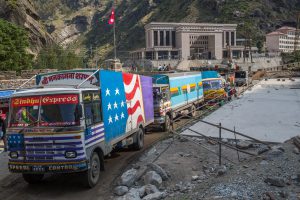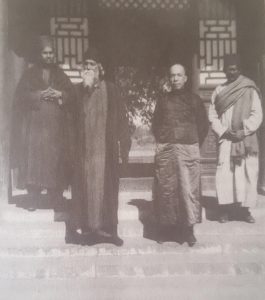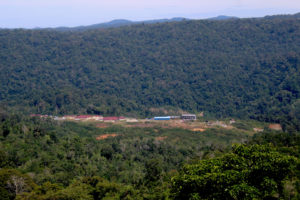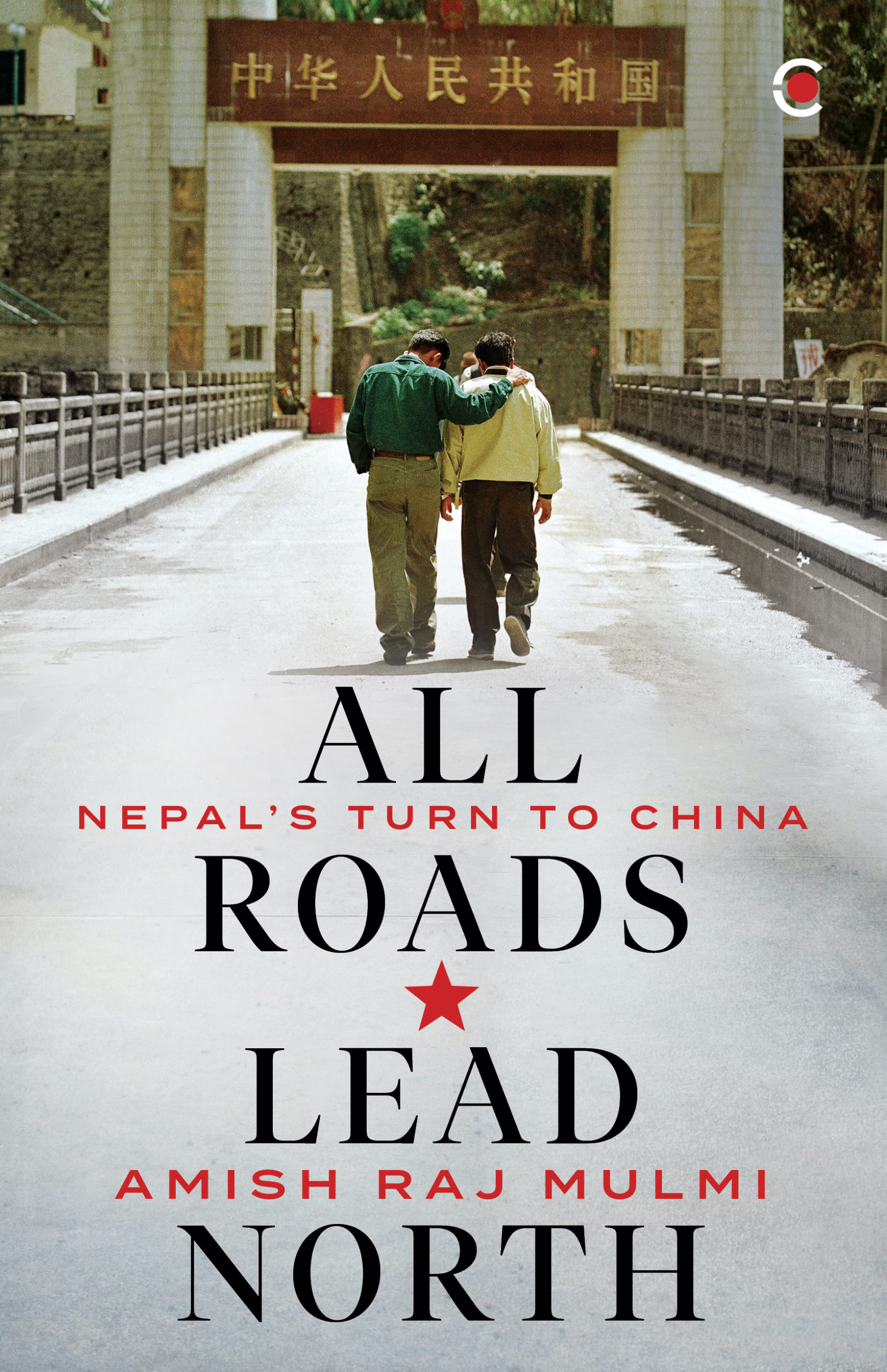
Amish Raj Mulmi’s book All Roads Lead North: China, Nepal and the Contest for the Himalayas is a marvellously accessible work of scholarship that navigates the Nepal-China relationship over the past three centuries, brought to life through interviews with people from all over Nepal. These feature voices from a variety of backgrounds, including the children of Nepali-Tibetan marriages, traders and chefs catering to Chinese customers, and senior politicians. As such, the book is grounded in both deep research and lived experience. That Mulmi breathes new life into known histories is what makes the book so valuable.
The first section, titled ‘Borderlands’, tells the story of historical Nepali traders in Tibet in the 18th-19th centuries, an account of the 18th-century wars between Nepal and China, the experiences of people living in Limi on the border of the two countries today. Much of this is centred around Nepali ambitions in Tibet.
Here, Mulmi perfectly illustrates how power dynamics have changed between Nepal and China. The extra-territorial rights that Nepali traders enjoyed in Tibet (they paid taxes only to the Nepali state) as well as the conflicts in which they emerged victorious against Chinese armies, is a far cry from today’s reality.

The chapter on Limi, in the far northwestern corner of Nepal, illustrates how much this has changed. This is an area where Mulmi writes, “As is true of Nepal’s Himalayan borderlands, a road did come to Limi, only it came from China.” In 1792, at another border point – Rasuwa – when an army of China’s ruling Qing dynasty sued for peace, “Qing supply lines had been exhausted; when Gorkhali [Nepali] generals arrived in their camp for negotiations, they were shocked to see ‘the Chinese troops were suffering from the scarcity of food’.” Today, it is Nepalis rushing across the border to buy cheaper goods in large bountiful stores, or at trade fairs.
A railway runs through it
The second and third sections of All Roads Lead North focus on the China-Nepal political and economic relationship in a similar manner, weaving together the history of the relationship, from the export of Communism, to foreign direct investment, tourism and education. Yet, there is one consistent theme that runs through much of the book: the dream of a railway connecting Nepal to China.
This dream of Nepali politicians signifies many things: an admiration of Chinese technological prowess in building a railway to Tibet; a landlocked country’s hope of connecting to the wider world; a dream of bikas (development) that has been the promise of countless Nepali politicians, and a reliance on Chinese capital to deliver these dreams.
The railway question raises two additional issues, one that Mulmi touches upon lightly, and one that he – surprisingly – does not mention at all.
The first is the environmental impact of a major infrastructure project like a railway built through the fragile geography of the Himalayas. Nepal has the highest fatality rate from landslides in the world, and much of this has to do with a lack of environmental assessment for infrastructure projects, like roads, in mountainous regions. If it struggles to deal with the complexities of these projects, a massive railway project will be an enormous task indeed. Meanwhile, smuggling of wildlife products across the Nepal-China border already poses a threat to threatened species in Nepal and beyond, while demand for the yartsa gunbu (caterpillar fungus) in China has exhausted supply. If movement and trade across the border increase thanks to new infrastructure, these could become areas of friction if Nepal remains incapable of managing and reducing the ecological costs.
The second area that Mulmi overlooks is Nepal’s federal constitution, which was passed in 2015. This has given substantial new powers to the provinces, meaning that the federal government cannot make changes unilaterally in some cases. The full impacts of these provisions are still being worked out.
Mulmi shows how China has made efforts to maintain a single point of contact in Nepal. When it was dealing with the monarchy it referred to Maoist insurgents as “bandits”, a position it changed when they came into the political mainstream as the Nepali civil war headed to an end in 2006. Since then, Beijing has proactively intervened to stave off splits in the central government. But much of this will become more complicated with the powers granted to the provinces by the 2015 constitution.
While Beijing may still prefer to deal with Kathmandu, Kathmandu is not Nepal, and may become increasingly less so. The impact this has on accountability – especially on issues related to the environment – is something that Nepal needs to think about now rather than later. It is already struggling in dealing with rivers, how will it deal with a train network that runs across provinces?
The story that Mulmi tells, of two countries once only intermittently connected but now in an ever-tighter embrace, has only one way forward: together. The question is, how?
Whatever happens, though, it is clear that China will be involved. The story that Mulmi tells in All Roads Lead North, of two countries previously only intermittently connected but now in an ever-tighter embrace, has only one way forward: together. But, as he rightly points out in his epilogue, it is still up to Nepal to decide “together, how?”
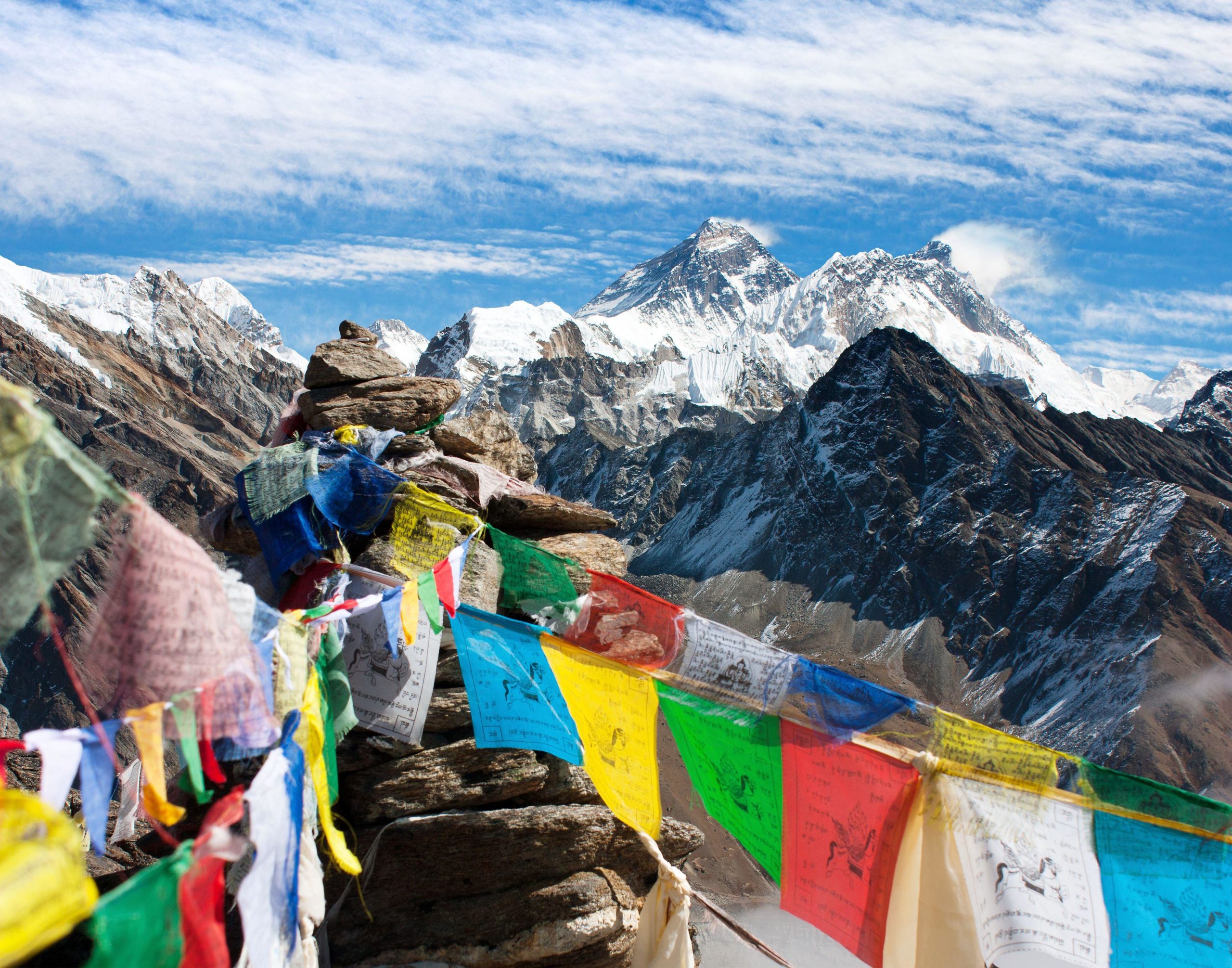

![Prayer Flags and The Machermo Range From Gokyo Ri, Nepal [image by: Peter Carey / Alamy]](https://dialogue.earth/content/uploads/2021/02/DT865R-300x200.jpg)
